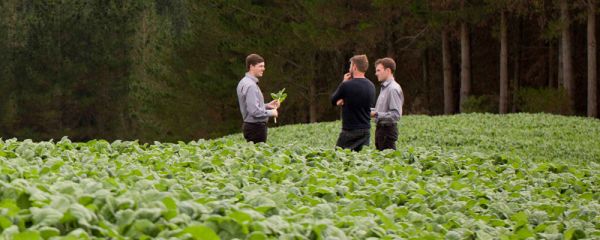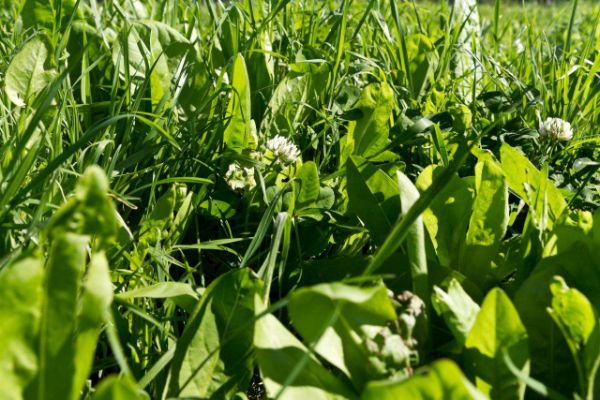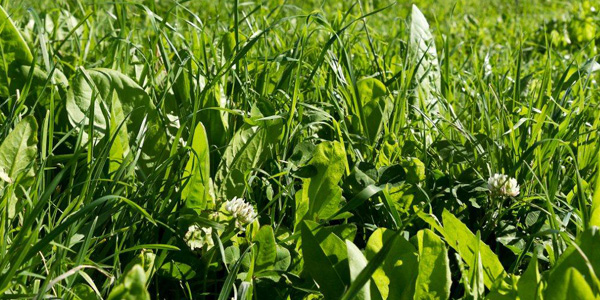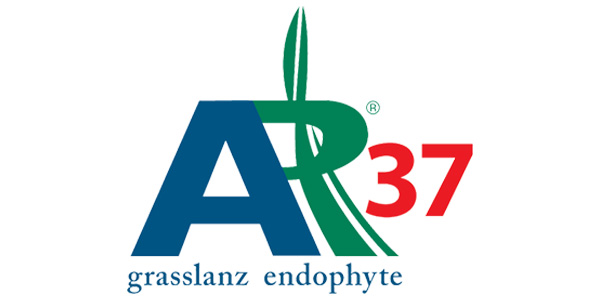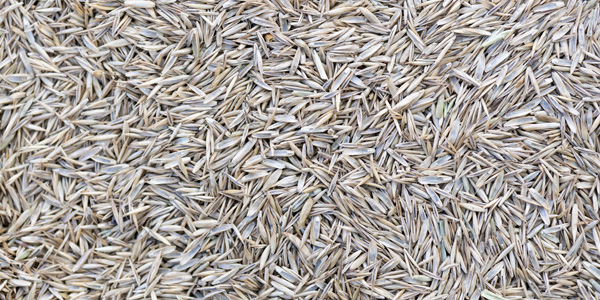
Pasture Renewal
Pasture Renewal
What is Pasture Renewal?
Pasture renewal is the process of replacing older, less productive pastures with a completely new pasture. Often this is taking the worst or most underperforming paddock on the farm and attempting to make them the highest performing. To achieve this, several checks need to be made to get a successful pasture renewal result. The most important is to identify the reason for the paddock underperforming to start with:
- Checking the paddock fertility
- Identifying issues of drainage or compaction
- Identifying the weed and weed grass species limiting productivity
- Identifying the insect pests that mostly influence your pasture production and persistence
This process will identify whether you can do a double spray grass-to-grass programme or whether you require a cropping rotation to reach your end goal of a productive persistent pasture.
Replacing poor producing paddocks with new pasture is one of the simplest ways to invest onfarm for a significant and relatively predictable return. The higher your farm’s performance, the more it can gain from intensified pasture renewal. And it isn’t only for ‘high input’ farms - any kind of farm or grazing-based business can benefit from pasture renewal.
New Pasture is Much More Productive
Most pastures deteriorate from a number of causes - weed invasion, particularly low quality grasses like paspalum and Mercer grass, dry conditions, wet/flooding, poor fertility, poor drainage, diseases, insects, pugging, soil compaction, overgrazing and poor management.
Over time, the population of desirable, productive plants in a pasture declines, while undesirable or unproductive plants increase and pastures become ‘runout’. Old pastures produce less drymatter, are lower in metabolisable energy (ME) and have reduced stock performance. This decline compounds as the pasture ages.
Successful pasture renewal can increase drymatter per hectare per year by around 3–6 tonnes. This is true for all farms – the extent to which the extra production can be converted into additional income varies.
Understanding your fertility status early on is critical. Learn more about soil structure and fertility here.
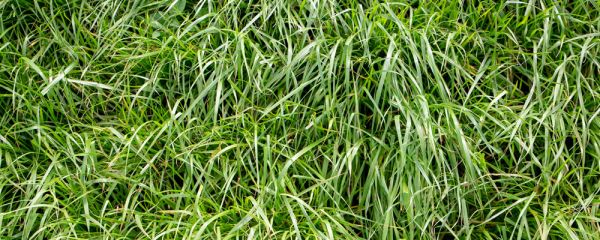
Our Ryegrass Range
VIEW PRODUCTS